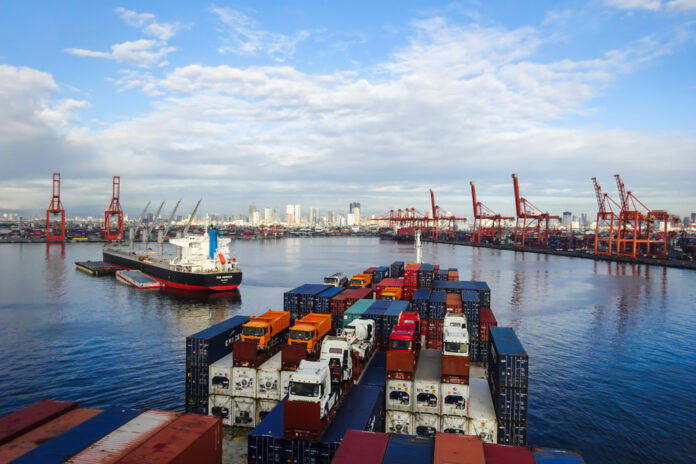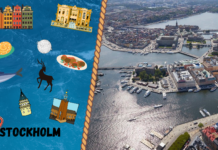
Disruption in global supply chains through the knock-on effects of the Red Sea diversions is diminishing as supply and demand becomes more balanced and the initial bunching of services, which caused port congestion, has eased significantly, according to Drewry Shipping Consultants.
An early peak season in both the Asia to US and European trades saw shippers prepare for what was feared would be a repeat of the Covid congestion era disruptions. Ηowever, massive newbuilding deliveries have eased the pressure, with a significant orderbook still in process.
“It is difficult to read whether the peak season has ended,” said Drewry analyst Simon Heaney, “But the congestion issue is fading and the disruption is easing as up to 300,000 TEUs of newbuilding entrants enter the market each month.”
Heaney acknowledged that not all the new capacity had entered the critical Asia/Europe trades, but the added that demand is softening and with the “combined contribution” of newbuilds there would be little hope of carriers stemming the slide on rates in key trades.
Drewry analyst Simon Heaney said: “The market is so volatile and unpredictable at the moment, but the underlying fundamentals would see rates continue to slide.”
It is expected, however, that further disruption will take place, in what Heaney said is an increasingly volatile market, which makes it harder to predict further unexpected or foreseeable events remains high.
One such event is likely to be the US East Coast strikes with talks between employers and unions having broken down, and the unions ready to strike on 1 October if no contract is agreed.
As a result, the latest Drewry rate assessment, the composite World Container Index (WCI) lost a further 13%, while the key trades out of Shanghai to the US and Europe saw declines of 7% and 17% respectively.
Reports from the National Retail Federation/Hackett Associates Global Port Tracker forecasting an import surge of 14% this month to 2.3 million TEUs, which could turn the rate slide into another spike. Heaney was unable to confirm these reports, and there has so far not been any indication of such a spike materialising so far.
Moreover, Heaney pointed out: “Alternative terminals can be found in Canada and the USWC, but they will not be able to absorb all of the EC cargo, and there is a possibility that unions at these terminals will handle diverted cargo.”
Should a prolonged dispute begin on the USEC it could lead to a shortage of empty containers in key regions, with congestion again spreading into other key trades.
For the moment the Asia to Europe trades have settled, with the influx of tonnage and a decline in demand.
Dynamar analyst Darron Wadey, confirmed the rise in capacity with 10.2 ships per service in 2023, on the Asia to Europe and the Mediterranean trades, that increased to 12.9 vessels a year later.
“A good chunk of that extra tonnage would be taken up by the extra sailing distance required for going around the Cape; one or two vessels per service, for the most part In addition, the average capacity of the vessels has reduced by 500 teu to 16,400 teu, so this mitigates the positive impact of extra ships, making the situation weaker in capacity terms,” explained Wadey.
This year’s demand drive means that it would still be difficult to consider the Asia to Europe trades as having an over-capacity.
“Carriers did cope with the rush, helped by the incoming wave of new vessels, but even now they appear to be struggling with schedule integrity,” said Wadey.
He added: “A straw-poll of six services showed that only two ran at a weekly frequency for the June-September period. Four were slower, ranging from departures every 7.4 to 10.2 days. For all loops, departures were ‘lumpy’ i.e. never at nicely timed weekly intervals, but irregular with sailings gaps closer or further apart than seven days.”
That said, with more tonnage still to come this year and next year the diversions could continue, and Heaney confirmed that in conversations with key stakeholders, there is an expectation that the Suez disruption will continue well into next year, and even if the war in Palestine ends there is no guarantee that the Houthi Movement will end their action.
Mary Anne Evans
Correspondent at Large








